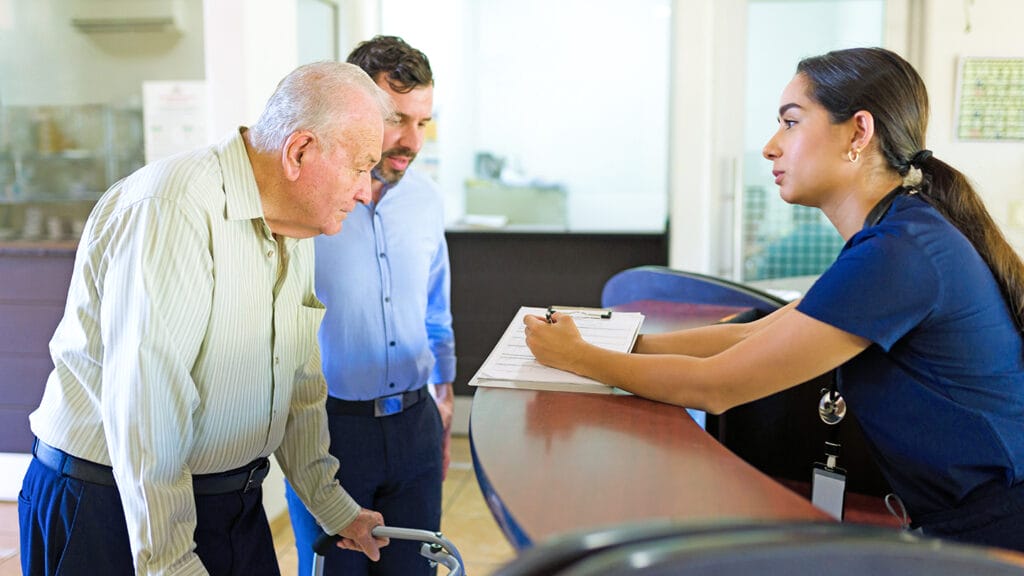
Overall, senior living communities are providing prospective residents and their families with an “excellent” tour experience, but just as often, those communities fail at the close due to the lack of a plan, according to a marketing expert.
Senior living marketing consultant Bild & Co recently conducted a case study on 2023 and 2022 senior living community tours and the experiences of more than 400 prospects who have toured across 21 senior living communities. This study targeted multiple states.
Overall, in 2023, 90% of respondents said they believed that the senior living community, sales team, and front desk staff members performed excellently with the tour, and 93.6% believed that their experience rated a 5 out of 5 — up 4.3% compared with 2022 results. But issues existed for prospects, such as not being able to find a parking spot, waiting 15 to 30 minutes for a tour to begin, feeling rushed during the tour and receiving no followup after a tour.
Bild & Co. CEO Jennifer Saxman told McKnight’s Senior Living that one of the biggest hurdles for communities is getting past the mentality that after a tour, the ball now is in the prospective resident’s court. Communities, she added, must remain in the driver’s seat and confirm next steps rather than taking a “loosey goosey” approach.
“We have to be more competent in that close,” Saxman said. “We still think people need two to three repeat visits to make a commitment. Why? It’s illogical, and it extends the length of the sales cycle.”
Making a first impression
One way to improve the tour experience is to create a true onsite experience, something Saxman said is lost on many communities. Rather than thinking about the competition, communities need to focus on first impressions, she said.
“It’s like a first date,” Saxman said. “If there are any red flags, they will keep coming up and make the sales process post-tour even harder.”
Repeat tours, she said, are like “trying to redeem yourself,” because the sales staff members at the first visit didn’t do their job of acclimating someone to the community and providing a positive experience. Too often, Saxman said, communities are resting on their laurels. Although many markets have seen increases in tours, she said it’s almost like a dog-and-pony show. If staff members are on autopilot, Saxman said, prospective residents and their families will be able to tell.
“No one wants to really shop for this service,” Saxman said. “Make it easy for them.”
The goal, she said, should be to make it easy for prospects to buy. Ways to accomplish that goal, she said, are to provide pointed directions, make sure parking spots are waiting for those who schedule tours, and to make those families feel welcome and as if they belong in the community. In essence, provide a curated tour by finding out what a prospective resident and family are most interested in, and then crafting an individualized tour around what you discover.
“Me only showing you our dining room and an apartment in 15 to 20 minutes is more valuable than giving the tour I give everyone. It’s all about the ‘feels,’” Saxman said. “It’s that psychology behind the sale we’re missing.”
The best way to improve the tour experience, however, is to ask prospects whether a community met their expectations at the end of a tour. Follow that question by holding the sales team accountable.
“It’s a missed opportunity,” Saxman said. “So much is perception. We don’t get the facts and we have to actually ask the consumer.”


